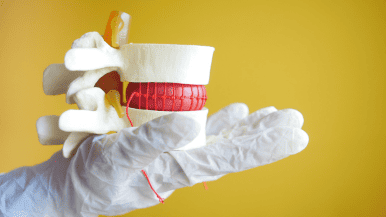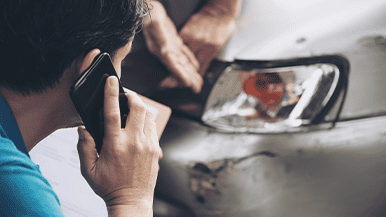 De Quervain’s tendonitis occurs when the tendons around the base of the thumb become constricted or irritated. Swelling of the tendons can cause pain and tenderness along the thumb and the side of the wrist. This is particularly noticeable when performing movements such as forming a fist, grasping or gripping something, or when turning the wrist. Different forms of treatment are available to limit recovery time.
De Quervain’s tendonitis occurs when the tendons around the base of the thumb become constricted or irritated. Swelling of the tendons can cause pain and tenderness along the thumb and the side of the wrist. This is particularly noticeable when performing movements such as forming a fist, grasping or gripping something, or when turning the wrist. Different forms of treatment are available to limit recovery time.
Symptoms of De Quervain’s Tendonitis
If De Quervain’s goes too long without treatment, the pain can spread further into areas of the thumb, up into your forearm or both. Patients report common symptoms to be:
- Pain near the base of your thumb
- Swelling near the base of your thumb
- Difficulty moving during movements that involve grasping or pinching
- A “sticking” or “stop-and-go” sensation in your thumb
Causes of De Quervain’s Tendonitis
Chronic overuse of the wrist is most commonly associated with De Quervain’s tendonitis. Other causes of De Quervain’s tendonitis include:
- Direct injury to your wrist or tendon
- Excessive scar tissue that can restrict movement of the tendons
- Inflammatory arthritis, such as rheumatoid arthritis
Treatment for De Quervain’s Tendonitis
Treatment for De Quervain’s tendonitis involves the use of medication, corticosteroid injections, physical therapy and in extreme cases, surgery.
Medication
Using over-the-counter pain relievers, such as ibuprofen can help to reduce pain and swelling. In some cases, prescription medication may be used. Your physician may also recommend injections of corticosteroid into the tendon sheath to reduce swelling.
Physical Therapy
Physical therapy treatments for De Quervain’s Tendonitis may include:
- Immobilizing your thumb and wrist
- Limiting repetitive thumb movements
- Avoiding pinching with your thumb when moving your wrist from side to side
- Applying ice to the affected area
- Splints
- Anti-inflammatory medication
- Avoiding activities causing pain and swelling
- Corticosteroids
Surgery
Using a small incision, your surgeon will relieve pressure off the tendons by cutting the sheath, which helps the tendons to move more freely. During surgery, additional procedures may be conducted to remove inflamed tissues or small cysts. The operation can be done under local, regional, or general anesthesia. Recovery times vary, depending on your age, general health and how long symptoms have been present. Most times, recovery is just a few weeks and most patients see a full return to function.



